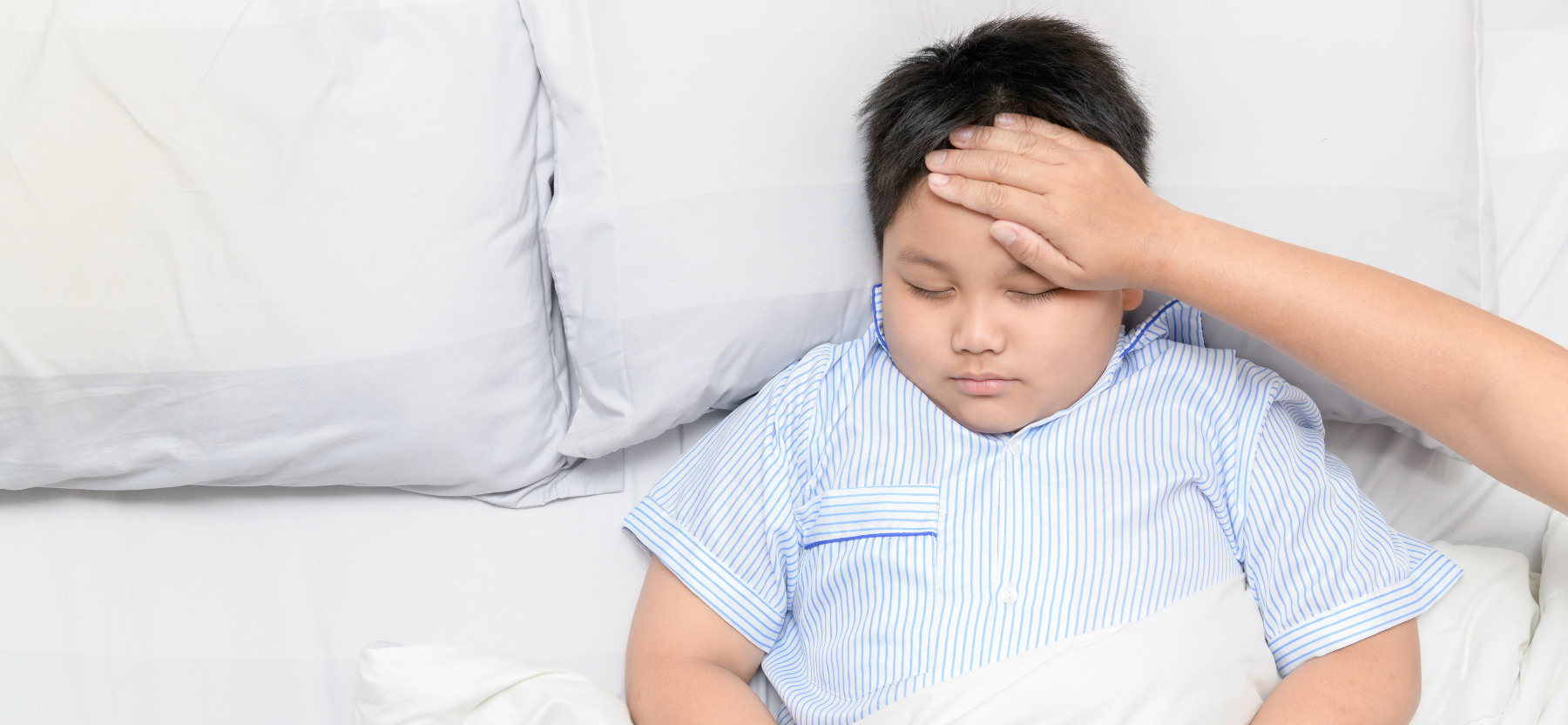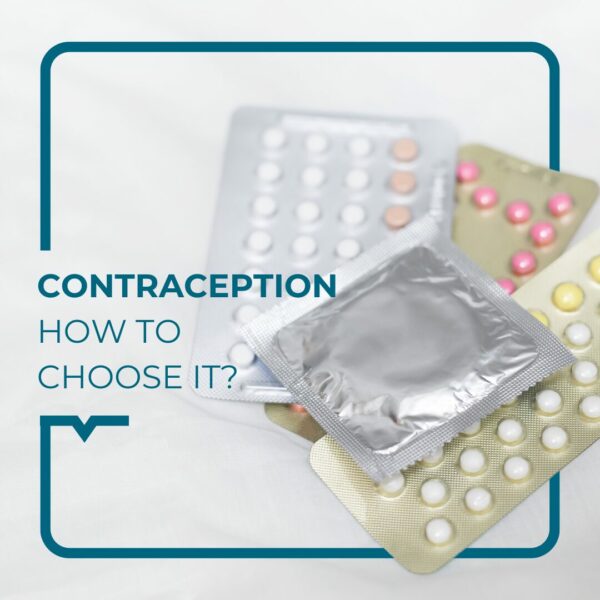Driiiiiiiiing, driiiiiiiiiiing!!!
This morning, more so than usual: your little one doesn’t look too good.
You take is temperature that shows : 38°C. No doubt about it, it’s a fever!
Olà, this is Dr. Joy!
Don’t panic, fever in children is very common. Today I’m going to tell you how to monitor it.
Vamos!
How to recognise fever in children ?
Fever is an abnormal increase in body temperature.
A normal temperature is between 34 and 38 degrees Celsius. A temperature beyond this threshold is considered a fever.
In children, there are various other signs which indicate a fever:
- Irritability
- Sleepiness
- Crying for no apparent reason
- Hot skin
- Refusal to eat, drink or sleep
When to consult a doctor ?
It is imperative to consult a doctor if:
- The baby is less than three months old
- The temperature is high, over 40°.
- The child is dehydrated (dry mucous membranes, less frequent urination…)
- The child’s condition is deteriorating (weakness, prolonged loss of appetite)
- There are alarming symptoms such as vomiting, hallucination, convulsions…
- The fever persists for more than 72 hours
If you have any further questions, or if you are worried about your child’s condition, do not hesitate to consult a paediatrician or your GP.
How to monitor fever in children ?
Here are the 6 essentials to do if your child has a fever:
- Monitor the temperature every 4 hours with a rectal or ear thermometer (the latter should be avoided in case of otitis).
- Regularly administer paracetamol or other medicines prescribed by the doctor, respecting the dosages.
- Uncover your child: Contrary to what you might think, you should not put your child in a warm place as this will make it worse:
– remove the blankets
– put them in a vest or even bare-chested depending on the season
– turn down the heating
– humidify the air in the room by laying a damp cloth on the radiator - Leave them in a quiet place, for example by isolating them from the other children.
- Have them frequently drink cool drinks (milk, fruit juice, etc.) in small quantities
You can also bath them in water slightly below their temperature for 10 to 15 minutes. By splashing around, the temperature of the bath water and that of the child will drop slowly together. Increase the temperature again after half an hour and repeat if necessary. - You can also make an ice pack by putting ice cubes in a well-sealed plastic bag and wrapping it in terry cloth (otherwise the direct cold may cause skin lesions). The pack should be applied to the upper thighs and under the arms and moved regularly.
Finally, please note that antibiotics are not systematically prescribed for a temperature. If the doctor has prescribed them, you should know that they do not act immediately and that, in the meantime, you should give your child the anti-thermals (aspirin, paracetamol, etc.) that the doctor has advised you.
I’ll see you soon,
Beijinhos,
Dr. Joy!
This information is not a substitute for medical advice.
You must seek the advice of your doctor or another qualified health professional with any questions you may have regarding your health condition.
Meet our family doctors


